Thermostat Valve
MOQ : 100 Pieces
Thermostat Valve Specification
- Weight
- Approx. 200 g
- Noise Level
- Low Operating Noise
- Corrosion Resistant
- Yes
- Model No
- TV-2024
- Working Life
- 50,000 cycles (approx.)
- Operating System
- Mechanical
- Vehicle Type
- Cars, Trucks & Commercial Vehicles
- Method
- Automatic Temperature Regulation
- Dimension (L*W*H)
- Standard (Refer Product Manual)
- Surface Treatment
- Polished / Anti-Corrosion
- Load Capacity
- High Pressure & Temperature Tolerant
- Lubrication Type
- Self-Lubricated
- For Use In
- Automotive Engines
- Connecting Type
- Flanged
- Part Type
- Valve
- Finish
- Fine Machined
- Material
- High-Grade Metal Alloy
- Color
- Silver
- Temperature Range
- Up to 110C
Thermostat Valve Trade Information
- Minimum Order Quantity
- 100 Pieces
- Payment Terms
- Letter of Credit (L/C), Telegraphic Transfer (T/T), Cash in Advance (CID), Cheque, Cash Advance (CA)
- Supply Ability
- 50000 Pieces Per Day
- Delivery Time
- 1 Week
- Sample Available
- Yes
- Sample Policy
- Within a certain price range free samples are available
- Main Export Market(s)
- North America, Eastern Europe, Central America, Africa, Western Europe, Australia, Middle East, South America, Asia
- Main Domestic Market
- All India
About Thermostat Valve
We have marked a distinct and dynamic position in the market by providing a high quality array of Thermostat Valve. It is used in the automobile engine to block the flow of coolant until the temperature of engine increase. Its main operation is to control the flow of coolant in the radiator. The offered range is precisely engineered with the help of contemporary techniques in compliance with set industry standards. It is available in various models to choose from. Additionally, our client can avail this Thermostat Valve from us at market leading price.
FAQs of thermostat valve
What is the purpose of thermostat valve?
The standard specifications include the type of material used, the size, pressure rating, temperature range, and accuracy of temperature control.
What is the purpose of thermostat valve?
The purpose of a thermostat valve is to control the flow of a fluid to maintain a set temperature in a heating or cooling system.
At what temperature thermostat valve opens?
Temperature at which thermostat valve opens: The exact temperature at which a thermostat valve opens can vary depending on the specific design and set point, but it is typically in the range of 35-80oC.
What is the working principle of thermostat?
A thermostat works by using a bimetallic strip or thermistor to sense the temperature of the surrounding environment. When the temperature reaches the set point, the thermostat opens or closes the valve to control the flow of fluid to maintain the desired temperature.
Superior Thermal Regulation
Utilizing advanced automatic temperature regulation, the TV-2024 Thermostat Valve achieves a rapid thermal response time of just 30 seconds. This ensures that automotive engines quickly reach and consistently maintain ideal operating temperatures, contributing to fuel efficiency and reduced wear.
Ease of Installation and Maintenance
The TV-2024 features a flanged connection and tool-free, minimal-maintenance design, allowing for effortless installation in both horizontal and vertical positions. Its self-lubricating mechanism further minimizes servicing needs, promoting reliability and user convenience.
Built for Durability and Compliance
Manufactured from a high-grade metal alloy with a robust anti-corrosion coating, this valve withstands high pressures and harsh conditions. Certified under ISO 9001:2015 standards, every unit ensures quality, safety, and prolonged operating life for all major automotive engines.
FAQs of Thermostat Valve:
Q: How does the TV-2024 Thermostat Valve regulate engine temperature?
A: The TV-2024 Thermostat Valve utilizes an automatic mechanical operating system, which quickly responds to thermal changes within approximately 30 seconds. This helps maintain optimal engine temperature by adjusting fluid flow as needed.Q: What are the installation requirements for this thermostat valve?
A: The valve is designed for both horizontal and vertical mounting, requiring only standard flanged connections. Its tool-free configuration allows for simple and quick installation without specialized tools.Q: When should I consider replacing this thermostat valve in my vehicle?
A: With an approximate working life of 50,000 cycles and a 1-year warranty, replacement is typically recommended if you experience issues with temperature regulation, fluid leaks, or at the end of its specified duty cycle.Q: Where can the TV-2024 Thermostat Valve be used?
A: This valve is intended for use in automotive engines across a range of vehicles, including cars, trucks, and commercial vehicles. It is distributed and supplied throughout India by dealers, exporters, and manufacturers.Q: What is the process for maintaining the TV-2024 Thermostat Valve?
A: Maintenance is minimal due to its self-lubricated components and robust design. Periodically inspect for leaks, proper functioning, and clean surface buildup as needed, following guidelines in the product manual.Q: How does selecting this valve benefit my automotive application?
A: Choosing the TV-2024 offers reliable, precise temperature control, corrosion resistance, and high tolerance for pressure and temperature. This enhances engine efficiency, reduces maintenance downtime, and extends service life.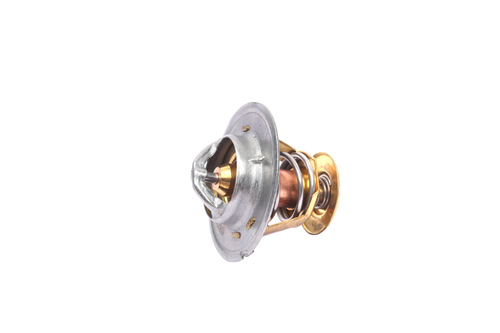
Tell us about your requirement

Price:
Quantity
Select Unit
- 50
- 100
- 200
- 250
- 500
- 1000+
Additional detail
Mobile number
Email
More Products in Engine Parts Category
Timing Shaft
Minimum Order Quantity : 100 Pieces
Product Type : Timing Shaft
Material : SS
For Use In : Automobile
Color : Silver
T - Bolt Hose Clamp (38 No.)
Minimum Order Quantity : 100 Pieces
Product Type : T Bolt
Material : SS
For Use In : Automobile
Color : Silver
Screw with Nut for Rocker Lever
Minimum Order Quantity : 100 Pieces
Product Type : Rocker Lever
Material : SS
For Use In : Automobile
Color : Silver
10 MM Air Compressor Pipe Connector
Minimum Order Quantity : 100 Pieces
Product Type : Other, Air Compressor Air Compressor Pipe Connector
Material : Metal

 Send Inquiry
Send Inquiry
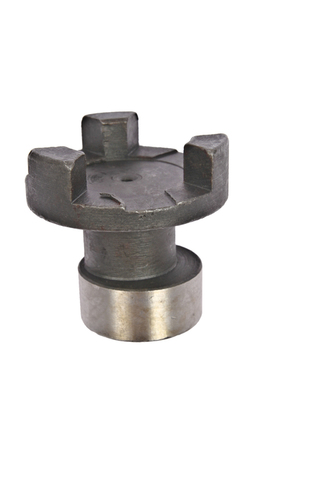
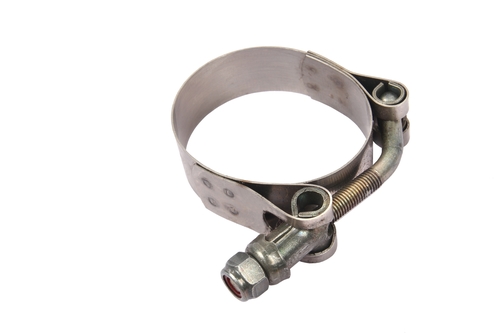
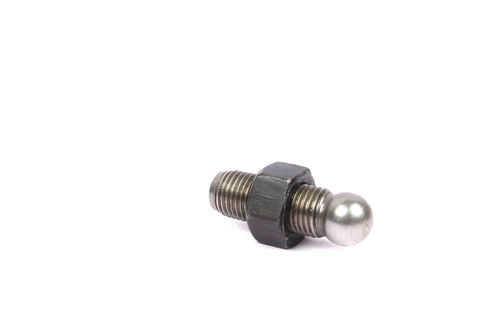
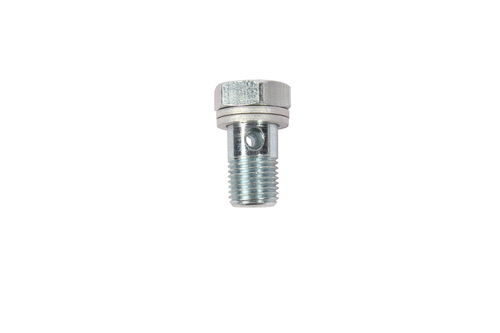
 Call Me Free
Call Me Free
